
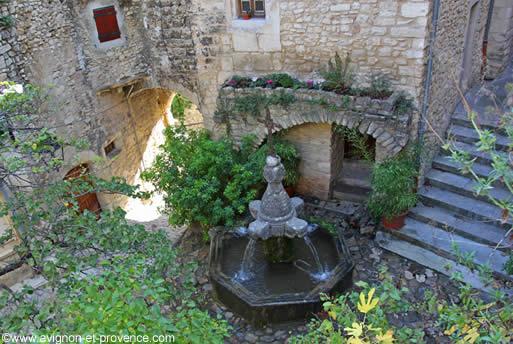
Stretching languorously along a mountain crest in the northernmost part of the Dentelles de Montmirail, the magnificent village of Crestet is dominated by one of the oldest castles of the Comtat Venaissin, built in 860. The village itself huddles around the Saint-Sauveur Church in Romanesque, Gothic and Renaissance style. There are also many beautiful Renaissance houses that have been restored by lovers of old stones.
To visit Crestet, it is best to leave your vehicle at the foot of the village or on the square by the château from which, moreover, you have fabulous views over the Mont Ventoux and the Baronnies. Steep cobblestone streets, vaulted passageways and stone arches lead you to the village's fortifications, the beautiful fountain (1843), the washhouse and the old well, which still today testify to life in the past.
In a corner of the square by the château, a giant well had been carved out of the rock itself, 1.60 metres wide with a depth of 62 metres, if legend is to be believed. For centuries, people have been throwing the most diverse objects into it. One day, future archaeologists will have a field day!
Another well-known figure who has had a field day in Crestet, or rather its castle, is the famous French architect Roger Anger, designer of the international city of Auroville in India, recognized by UNESCO. In 1985, he undertook the renovation of this historic castle. Once the residence of the bishops of Vaison la Romaine, the castle was notably used as a haven during the wars with the Counts of Toulouse. It is even said that an underground passage links it to Vaison.
Today a private residence, for the small sum of 6300€ per week you can rent this exceptional property for your vacations.
Otherwise, just take the time to admire from the exterior this extraordinary monument that has risen up from its ruins.
And instead of the mythical underground passage, the Chemin des Fontaines offers a walking circuit that takes you from Crestet to Vaison la Romaine, passing through the forest, vineyards and sun-filled landscapes.
Or take the Chemin de La Verrière to visit the Notre-Dame de Prébayon Chapel where a monastery had been built in the 7th century. There is a miraculous spring there called Malézieux, a thin stream of water that trickles past the altar and is credited with healing the eyes and sight. Since more than a thousand years ago, every Easter Monday a pilgrimage to the chapel is organised.
There are many other routes ideal for exploring the surroundings by bike, on foot or on horseback.
And coming back to Crestet – and the present day – go up to the GR hiking trail on the village heights to visit the Stahly Foundation in its resolutely modern premises of reinforced concrete. Built by the sculptor François Stahly and his wife Claude in 1966 and today listed as a historic monument, it comprises their home, their studio and an exhibition space. Surrounded by trees, not just concrete, the site is the setting for wood and granite sculptures and Mexican works of art as well as a place of artistic expression. The Contemporary Art Centre hosts artists-in-residence who explore the theme of art and nature in their work.
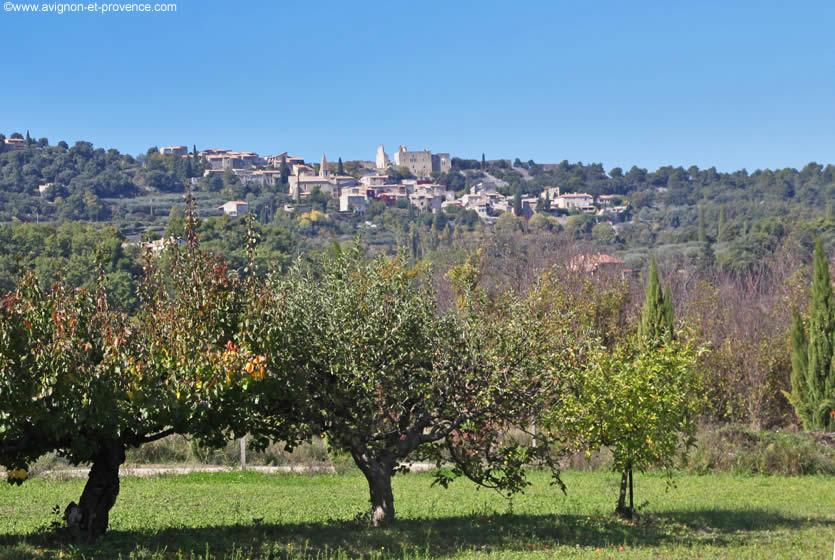
The village of Crestet in the Dentelles de Montmirail
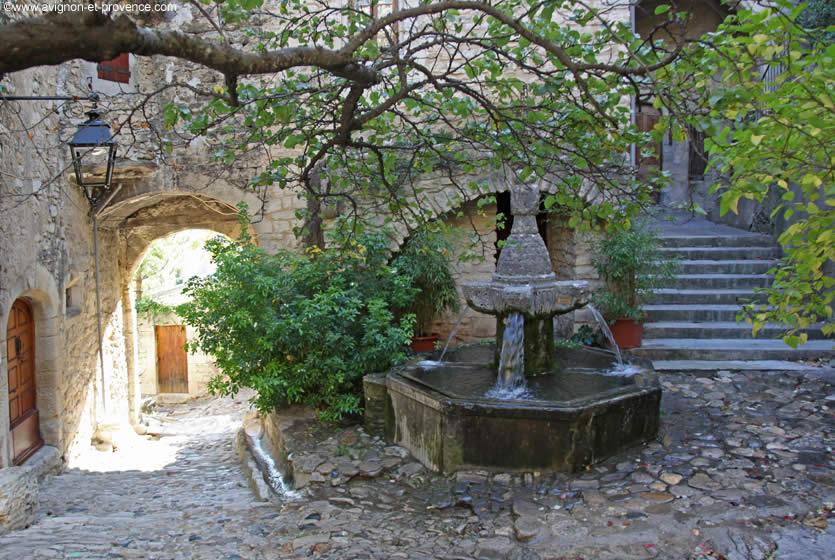
The fountain of Crestet on the village square
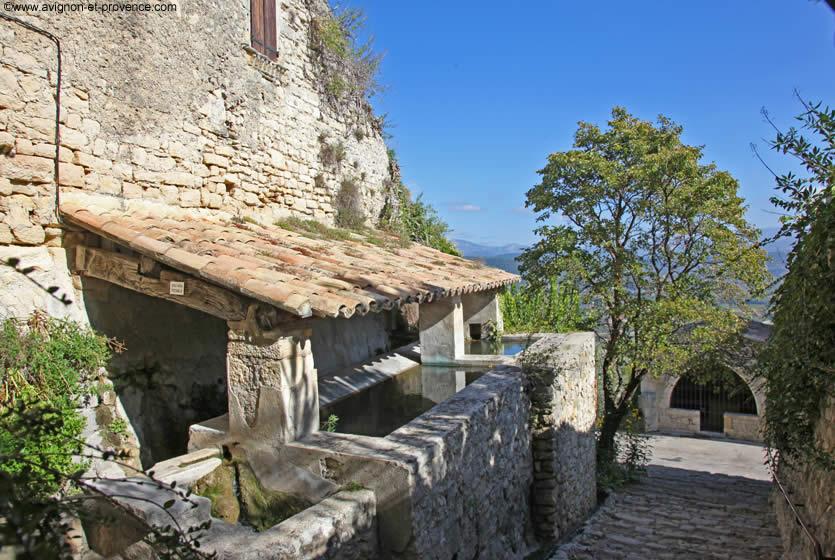
The washhouse
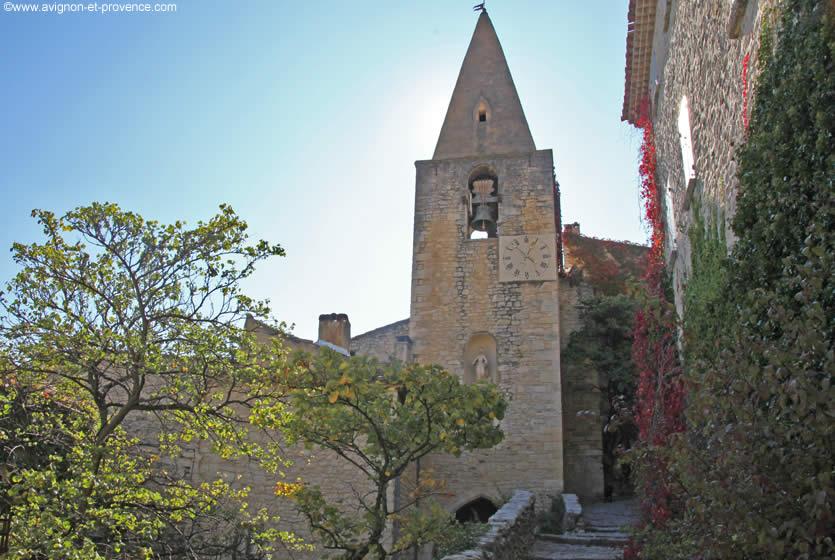
The Saint-Sauveur Church
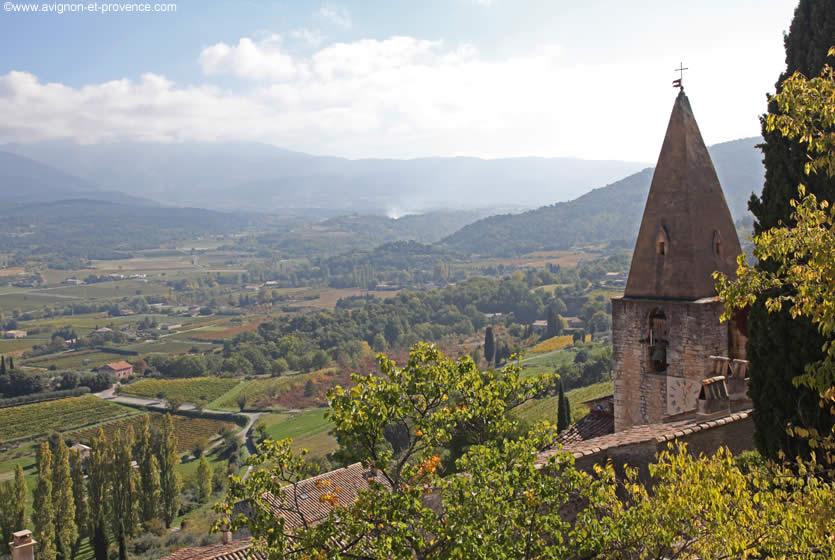
View over the valley and the Mont Ventoux
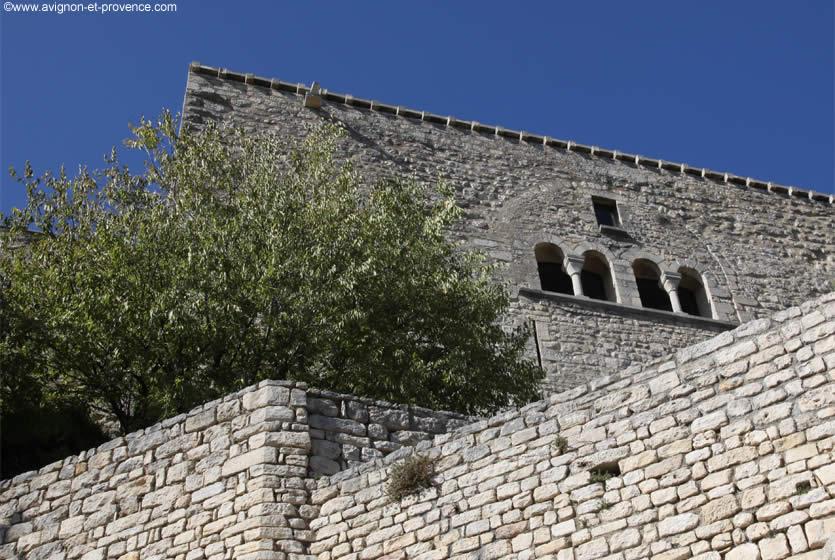
The castle of Crestet
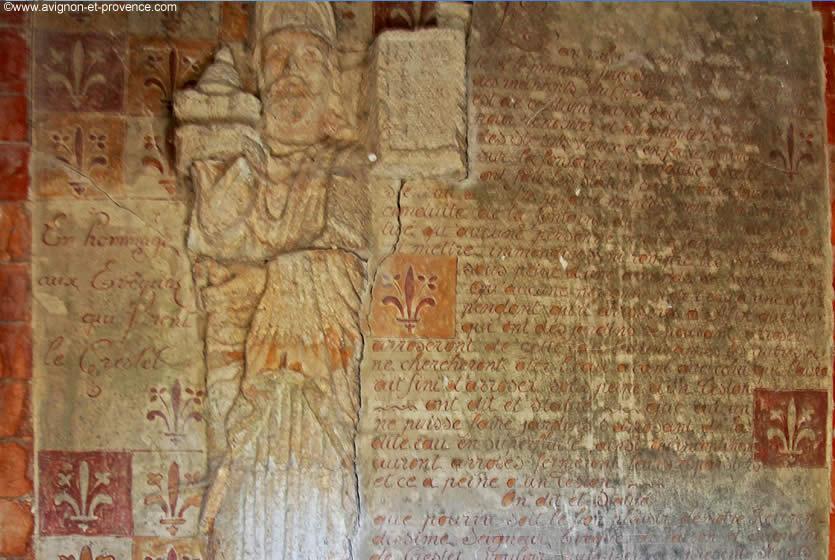
Statue of Guillaume II de Cheisolme in Crestet (1580)
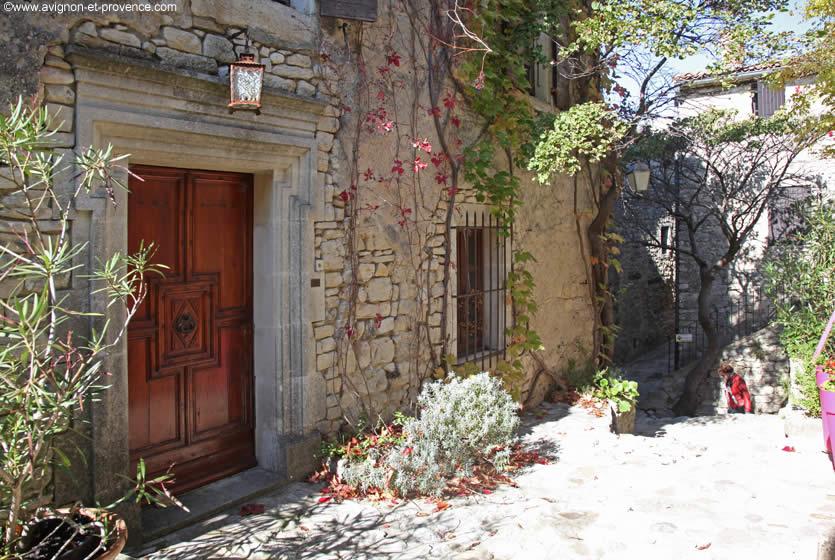
Village House
Art of living
Gastronomy, markets of Provence, regional products, Christmas traditions, celebrities of Provence....